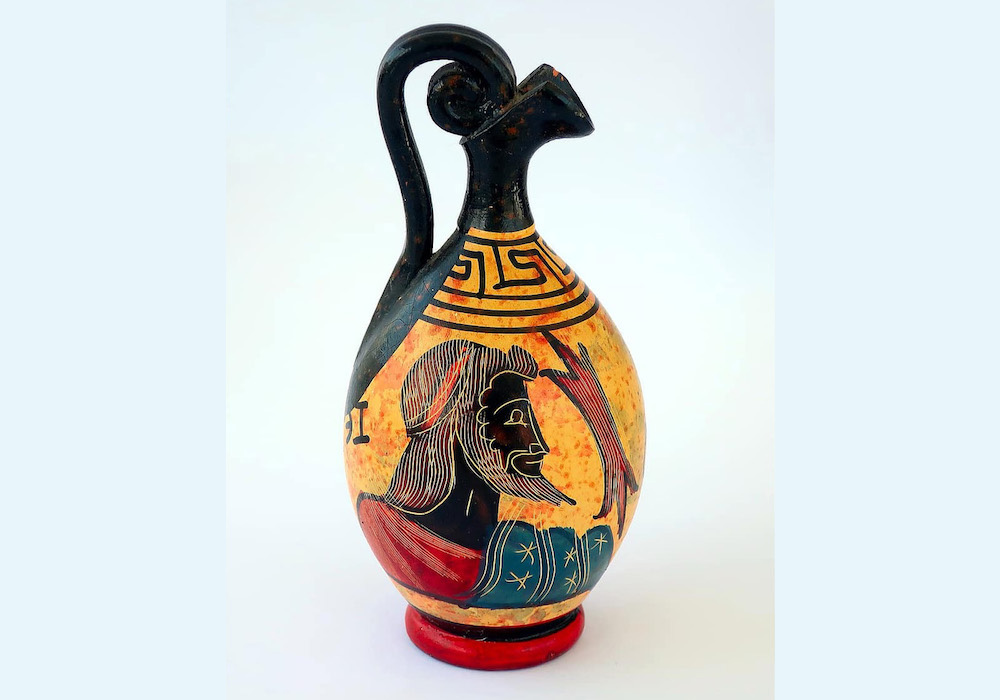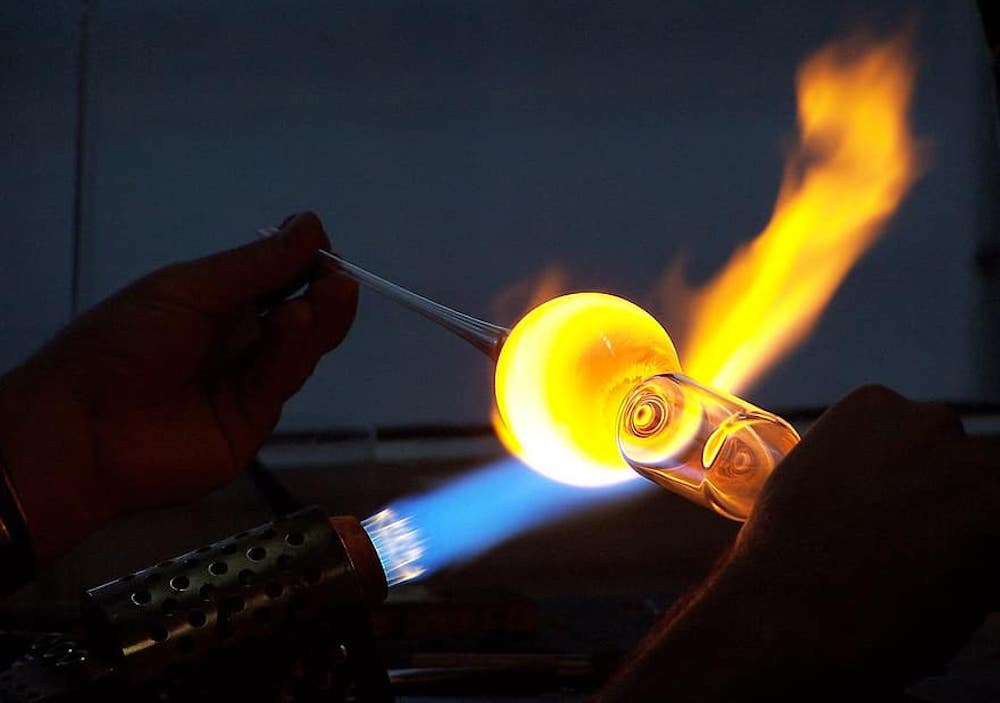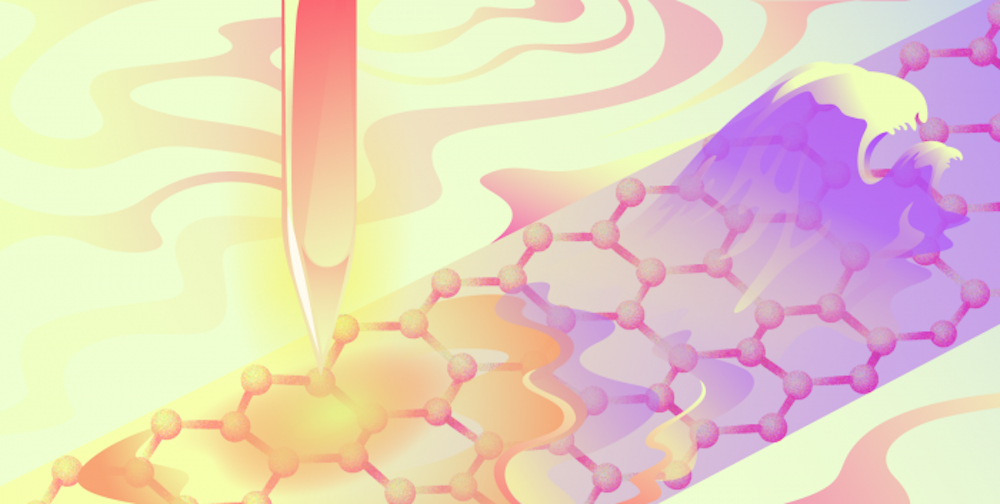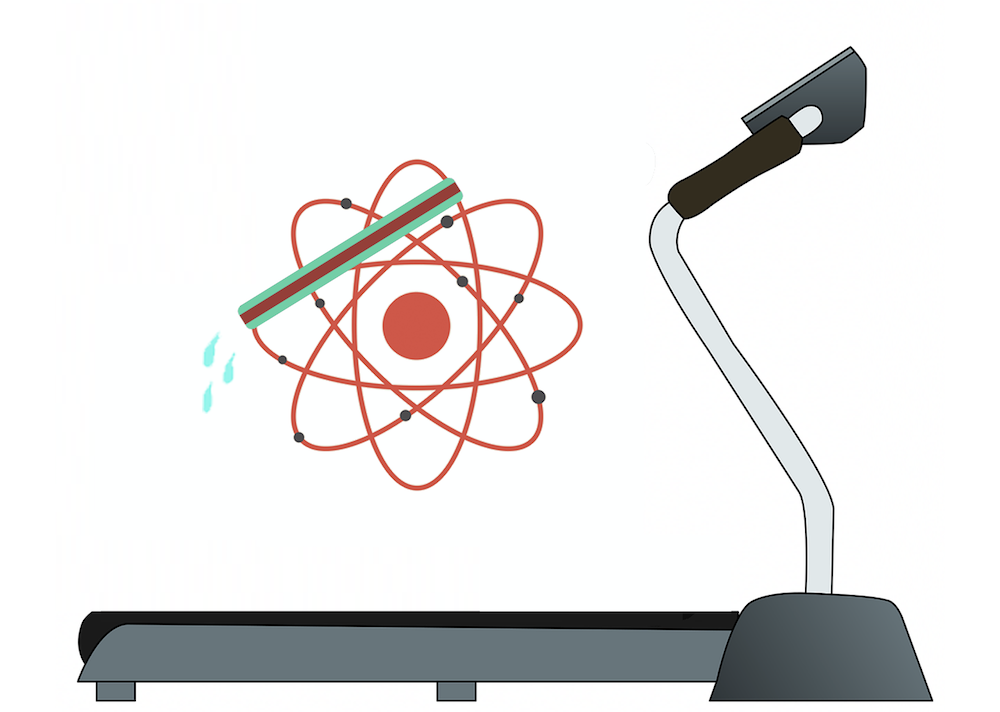Modeling offers a way to learn about ancient ceramics without damaging the priceless items. Two recent articles in International Journal of Ceramic Engineering & Science illustrate how modeling provides insights into myriad properties, including mechanical behaviors and coloring mechanisms.
Read MoreUnderstanding the atomic structure of glass and other amorphous materials is difficult because, unlike crystals, the structure only consists of short-range and medium-range order; long-range order is absent. Researchers led by Aalborg University demonstrate how a topological method called persistent homology could help reveal a glass’s medium-range order structural features.
Read MoreMachine learning is poised to play a big role in speeding up materials discovery and commercialization—but could such techniques present a risk to the global additive manufacturing market as well? Researchers at New York University showed they could potentially steal trade secrets by reverse engineering 3D-printed parts using machine learning.
Read MoreDetermining viscosity of a glass through experiment is a slow and expensive process. In two recent papers published in JACerS, Penn State professor John Mauro and his colleagues show how it can be predicted much easier by using dilatometry and DSC to calculate parameters for a glass viscosity model that was proposed in 2009.
Read MoreMid-infrared spectroscopy is an important tool for nondestructive analysis of molecules, but it cannot analyze nanometric volumes very well. One way to improve nanometric analysis is through a technique called nanofocusing, and researchers in Spain and Russia proposed an improved nanofocusing technique using graphene.
Read MoreThe August 2020 issue of the ACerS Bulletin—featuring data-driven methods to augment experimental methods—is now available online. Plus—USGS Mineral Commodity Summaries
Read MoreFast grain boundary diffusion of cations is a well understood phenomenon in metals—but much less is known about this phenomenon in oxygen-ion conducting metal oxides. Researchers at RWTH Aachen University simulated this diffusion and found that although metal ions move faster along the boundaries than in bulk, the process is not necessarily less energy intensive.
Read MoreDesigning new oxide glass compositions can be an arduous process when relying on the “cook and look” approach. Researchers at the Indian Institute of Technology Delhi developed composition-property deep learning models for eight key oxide glass properties, and they made the software available publicly online.
Read MoreSince 2000, infrared photodetector technology has experienced rapid development—particularly quantum-based detectors. Now, researchers in Russia, Japan, and the United States developed a model for a detector that could operate in the far-infrared and even terahertz spectral ranges.
Read MoreUltrahigh-temperature ceramics are promising materials for protecting aircraft wings from friction during hypersonic flight—but thermal shock can cause these ceramics to crack. In the cover article for the March 2020 International Journal of Ceramic Engineering & Science, researchers in China report how wing shape affects thermal shock behavior of UHTCs.
Read More









